Opuntia Vulgaris – Prickly Pear Cactus
£32.95 Original price was: £32.95.£23.07Current price is: £23.07.
- Shop with ease, buy with confidence.
- Shop with Ease
- Buy quality, buy with us.
- Protect Your Wallet with Safe Payments

The Opuntia Vulgaris stands as a robust, shrub-like cactus variety, resembling a tree with its dense structure. Its expansive, paddle-shaped pads, adorned in a vivid blue-green hue, form flat branching patterns. Across these pads, you’ll find widely spaced small areoles irregularly dotted with straight yellowish spines.
In the summertime, the Opuntia Vulgaris produces captivating silvery yellow flowers which gradually develop into red-purple, egg-shaped fruits. The Prickly Pear Cactus offers a fascinating unique style that evolves with the seasons.
Opuntia vulgaris – Prickly Pear Cactus Care & Info Guide
Horty Hints
Feeling fruity? For a taste of prickly pear, hit up exotic markets. Remove and discard your cactus’ fruits before they ripen to help ensure the long-term health of the plant.
Less is more! Allow your cactus’ soil to dry out completely in between watering. Water sparingly to avoid root and stem rot.
Sun-seeker! Give this tough cactus the shining spotlight it craves! Bask it by a beaming window all day – south or southwest-facing will give the winning glow.

Light
The Prickly Pear Cactus prefers bright, direct sunlight. It can tolerate some indirect sunlight, but too much shade will cause it to grow slowly and potentially lose its distinctive shape.

Watering
Opuntia vulgaris is a drought-tolerant plant that prefers infrequent watering. Water the cactus when the soil is dry to the touch, usually every 2-3 weeks. Be sure to water the soil directly and avoid getting water on the cactus pads, which can cause them to rot.

Temperature
This cactus will do well in average household temperatures: typically 15-27°C. It can survive in temperatures as low as 10°C, but it is best to avoid exposing it to cold drafts or temperatures below 4°C.

Humidity
Unlike other tropical plants, this cactus will tolerate drier spaces, but may suffer in areas with typically high humidity. Keep out of steamy rooms like the kitchen and bathroom.

Feed
Feed with cactus and succulent fertilizer during the summer months and while fruits are developing.

Height & Growth Rate
This cactus is known for its slow to moderate growth rate. Prickly Pear Cactus tends to grow in a clumping, bushy form rather than in a tall, single-stemmed form.

Toxicity
Non-toxic but watch out, those spikes make it a no-go for pets and small children.

Origin
Prickly Pear Cactus is native to Central America, specifically Mexico.
| SIZE: Pot Diameter x Total Height | 17 x 50cm |
|---|
Be the first to review “Opuntia Vulgaris – Prickly Pear Cactus” Cancel reply
Related products
HOUSEPLANT STYLES
HOUSEPLANT STYLES
HOUSEPLANT STYLES
HOUSEPLANT STYLES
HOUSEPLANT STYLES
Schefflera Arboricola Gold Capella – Dwarf Umbrella Tree – Twisted Stem
HOUSEPLANT STYLES
HOUSEPLANT STYLES
HOUSEPLANT STYLES

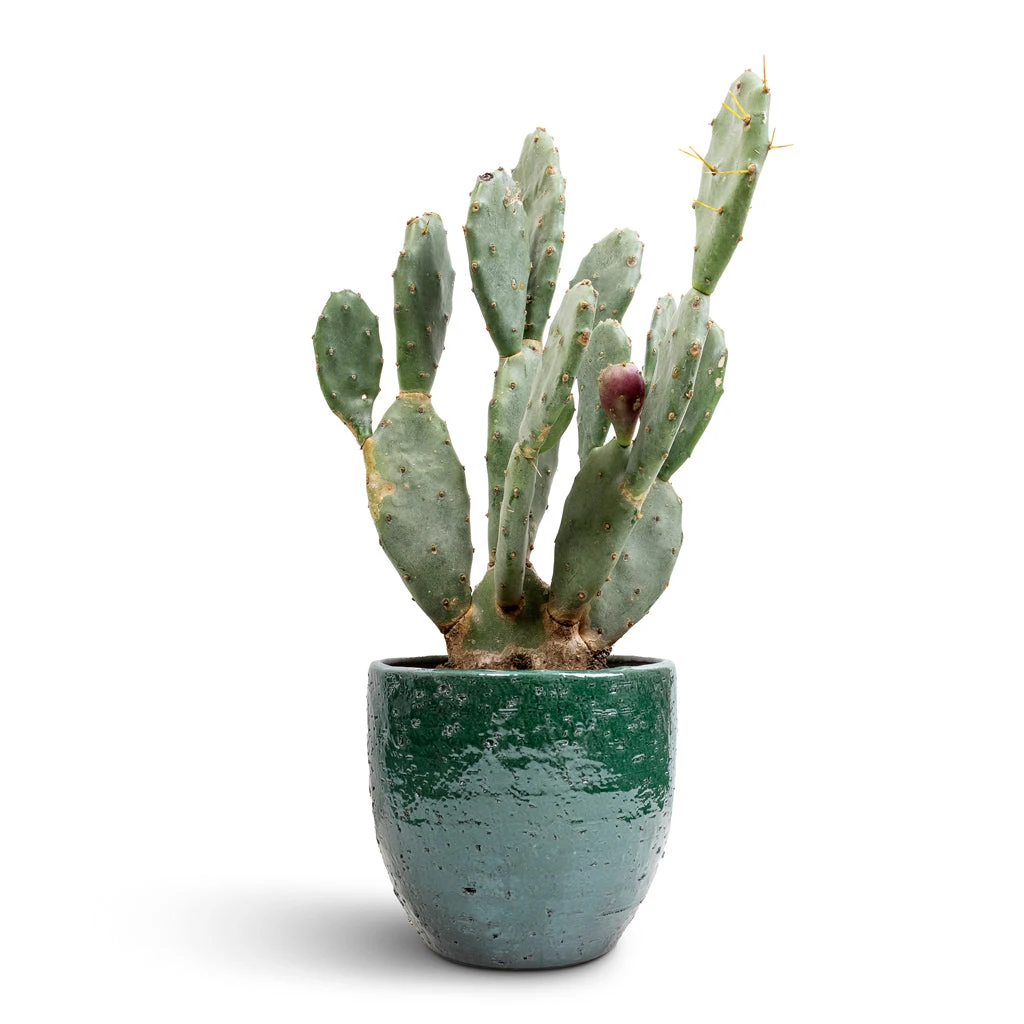
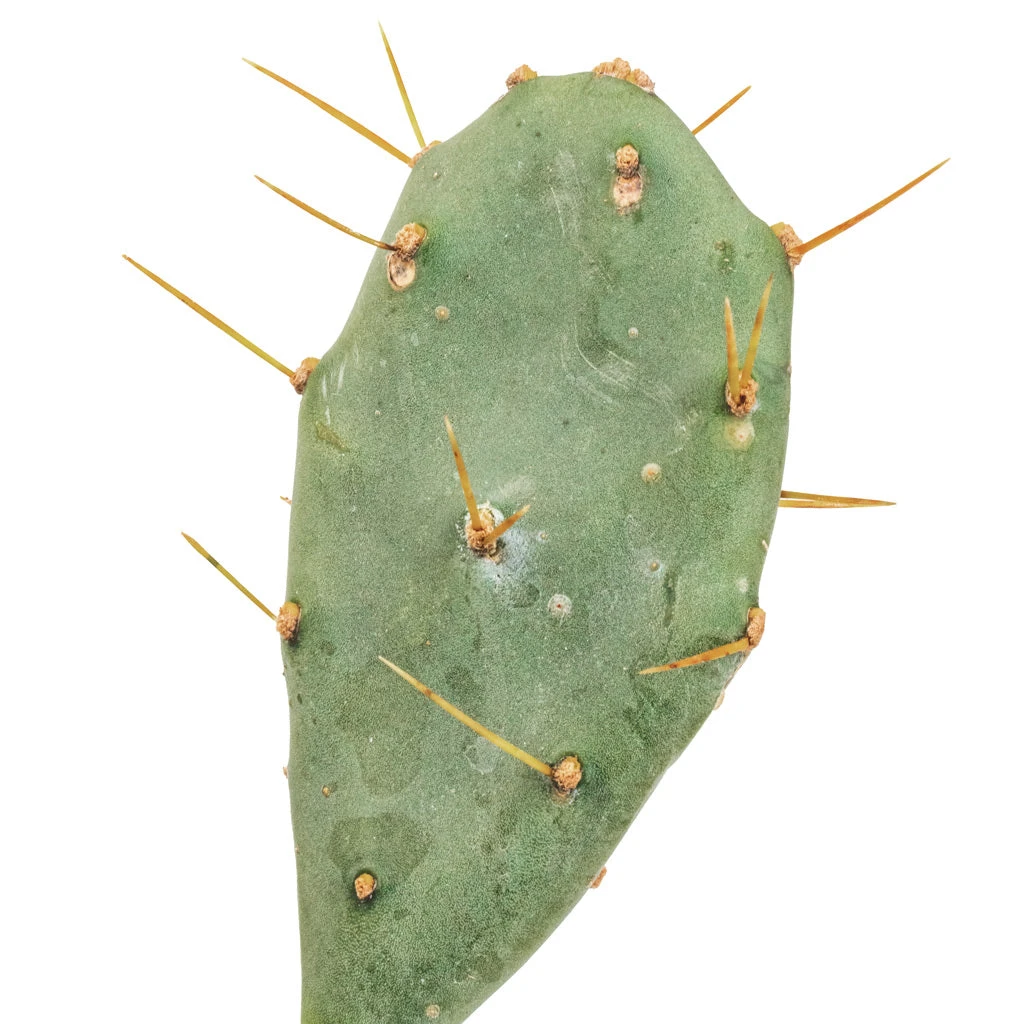

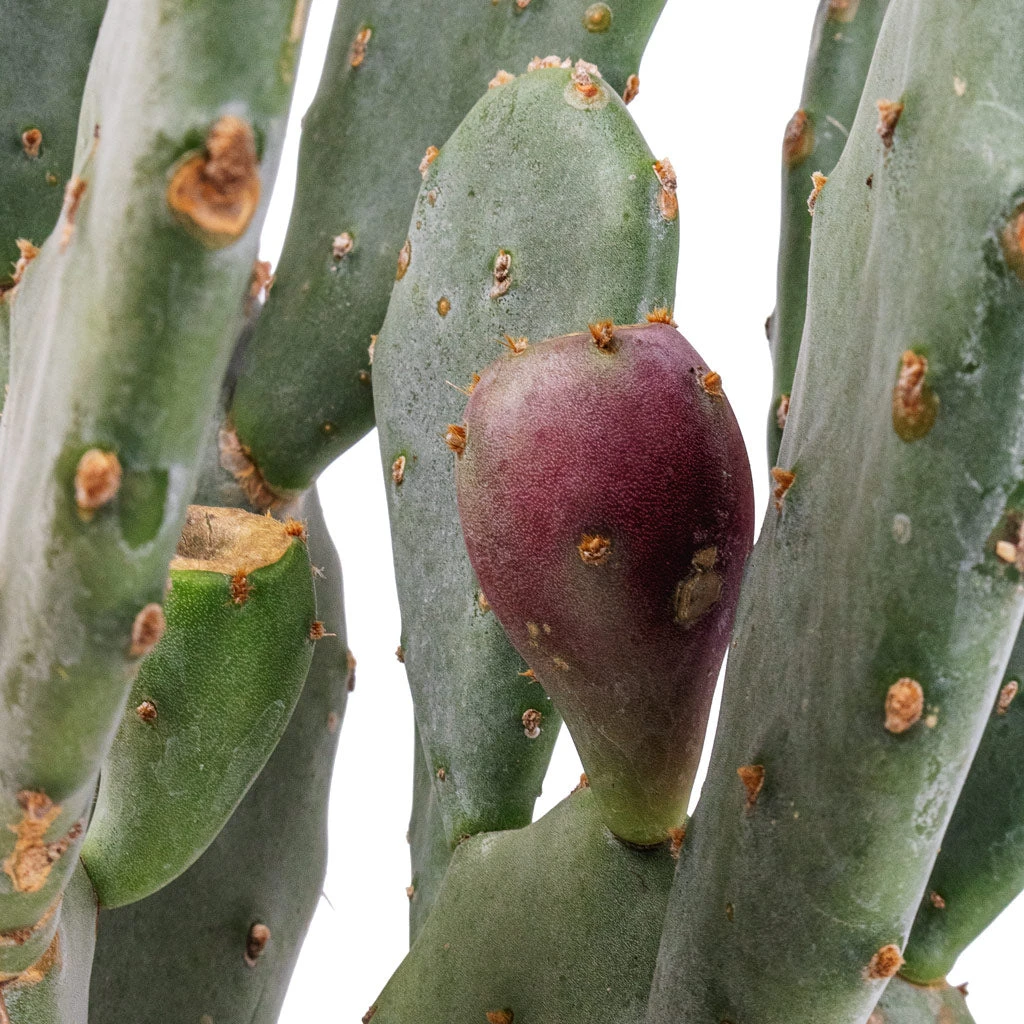







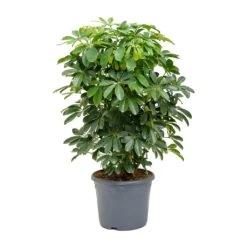
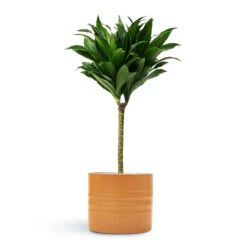



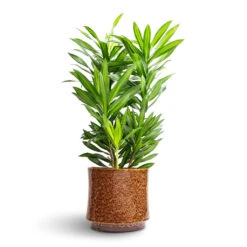
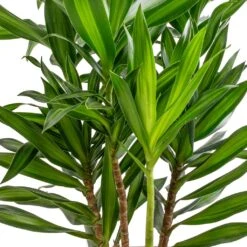

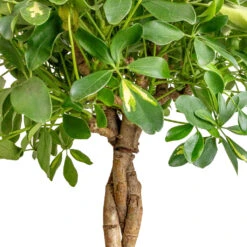
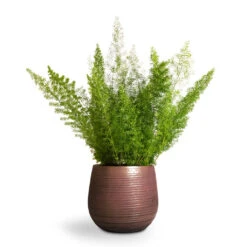


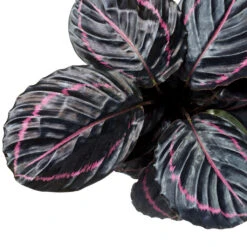
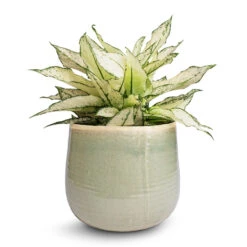
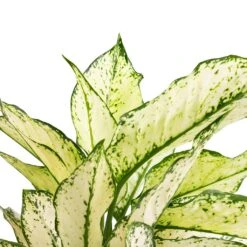
Reviews
There are no reviews yet.